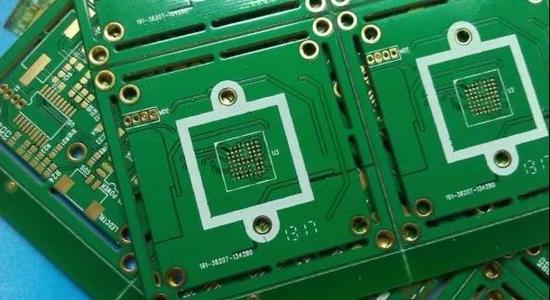-
CN
-
Service Hotline
+8618129931046 Mr. Liao


Time:2025-10-14 Views:1

PCB boards adapted to shaping circuits play a pivotal role in modifying the waveform characteristics of electrical signals, such as converting irregular or distorted waveforms into clean, standardized shapes like square waves, triangular waves, or pulses. These PCBs are carefully engineered to support the components and electrical pathways required for effective signal shaping in applications ranging from digital circuits and power supplies to signal processing systems.
The design of PCB boards for shaping circuits commences with the strategic placement of key components. Operational amplifiers (op - amps), comparators, and various passive components like resistors, capacitors, and inductors are commonly used in shaping circuits. For example, in a waveform - shaping circuit that converts a sine wave into a square wave, a comparator is the core component. The PCB layout should ensure that the input signal is routed directly to the comparator's input pins with minimal interference. The reference voltage for the comparator, which determines the threshold for waveform conversion, should also be carefully routed and isolated from other signal traces to prevent voltage fluctuations and inaccuracies in the shaping process.
Signal integrity is of utmost importance in shaping - circuit PCBs. Long and unshielded signal traces can introduce unwanted noise, crosstalk, and signal degradation, which can distort the final shaped waveform. Therefore, the PCB design should employ proper trace routing techniques, such as differential signaling for sensitive signals, to minimize electromagnetic interference. Additionally, shielding may be necessary for high - frequency shaping circuits to prevent external electromagnetic fields from affecting the signal quality. Metal shields or ground planes can be placed around the critical components and signal traces to isolate them from the surrounding environment.
Power - supply design is another critical aspect of shaping - circuit PCBs. A stable and clean power supply is essential for the accurate operation of the components in the shaping circuit. Decoupling capacitors should be placed close to the power pins of the components to filter out high - frequency noise from the power supply. In some cases, a separate regulated power supply may be used for the shaping circuit to further enhance its stability and performance, especially when dealing with high - precision or high - speed shaping applications.
Testing and optimization are indispensable for ensuring the performance of PCB boards adapted to shaping circuits. Oscilloscopes are used to observe and analyze the input and output waveforms of the shaping circuit, allowing engineers to evaluate the effectiveness of the waveform transformation. By adjusting the component values, optimizing the PCB layout, and fine - tuning the power - supply settings based on the test results, engineers can achieve the desired shaped waveforms with high accuracy and reliability. Through careful design and testing, PCB boards for shaping circuits can effectively modify electrical signals to meet the specific requirements of various electronic applications.